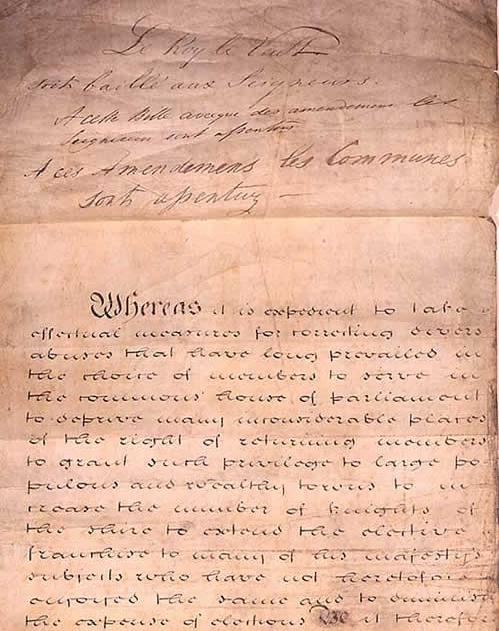NEA Restores Power in Siquijor Province Ahead of Deadline Set by President Marcos

The National Electrification Administration (NEA) announced over the weekend that it has successfully restored electricity to Siquijor Province, achieving the deadline imposed by President Ferdinand "Bongbong" Marcos Jr. This restoration comes after the province faced a significant power crisis that led the local government to declare a state of calamity earlier this month.
According to a statement from the NEA released through the Presidential Communications Office (PCO), the agency expedited repairs on power generator sets owned by Siquijor Island Power Corp. (SIPCOR) and facilitated the transport and installation of a generator set from the Palawan Electric Cooperative (PALECO). The additional rental generator sets from SIPCOR increased the dependable capacity to 11 megawatts (MW), surpassing the province's peak demand of 9 MW, with a reserve of 1.65 MW for contingencies.
"NEA remains committed to monitoring the power situation in Siquijor to ensure that families, businesses, and schools continue to enjoy reliable electricity in the days and weeks ahead," stated Antonio Mariano Almeda, NEA Administrator. This commitment aligns with NEA's mandate to promote sustainable rural electrification and empower electric cooperatives to extend electricity access to underserved areas.
The provincial government declared a state of calamity on June 1, 2025, due to worsening power shortages, which had resulted in rotational brownouts since May 13, 2025. In response to these challenges, President Marcos had earlier instructed Almeda to restore stable power supply by June 15, 2025, while also imposing a six-month deadline for implementing short-term solutions to alleviate the power crisis in the area.
During a recent visit to the SIPCOR power plant, President Marcos emphasized the need for a thorough investigation into SIPCOR's operations amid the ongoing electricity shortages. He expressed openness to the possibility of introducing additional power providers to ensure a more reliable energy supply for the province.
This situation in Siquijor reflects broader concerns regarding energy security and infrastructure across the Philippines, where many regions struggle with inconsistent electricity supplies. According to a report by the Philippine Institute for Development Studies (PIDS), published in December 2022, approximately 20% of rural areas in the country experience inadequate electricity access, which hampers economic development and quality of life.
In conclusion, while the NEA's successful restoration of power in Siquijor marks a significant step forward, ongoing efforts will be necessary to ensure long-term energy stability. The integration of additional energy providers and infrastructure improvements could play crucial roles in addressing the systemic challenges faced by the province and similar regions nationwide.
Advertisement
Tags
Advertisement





